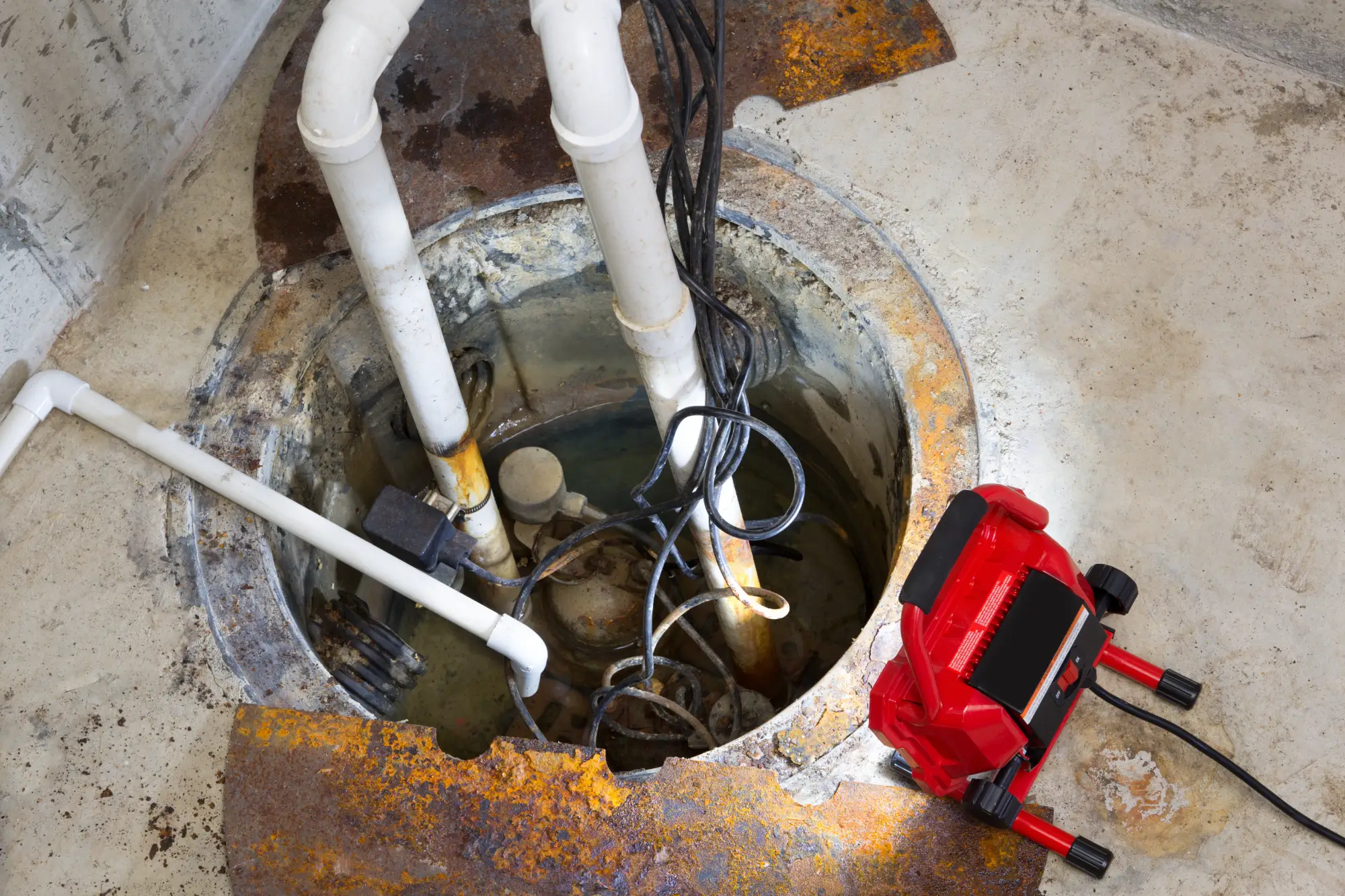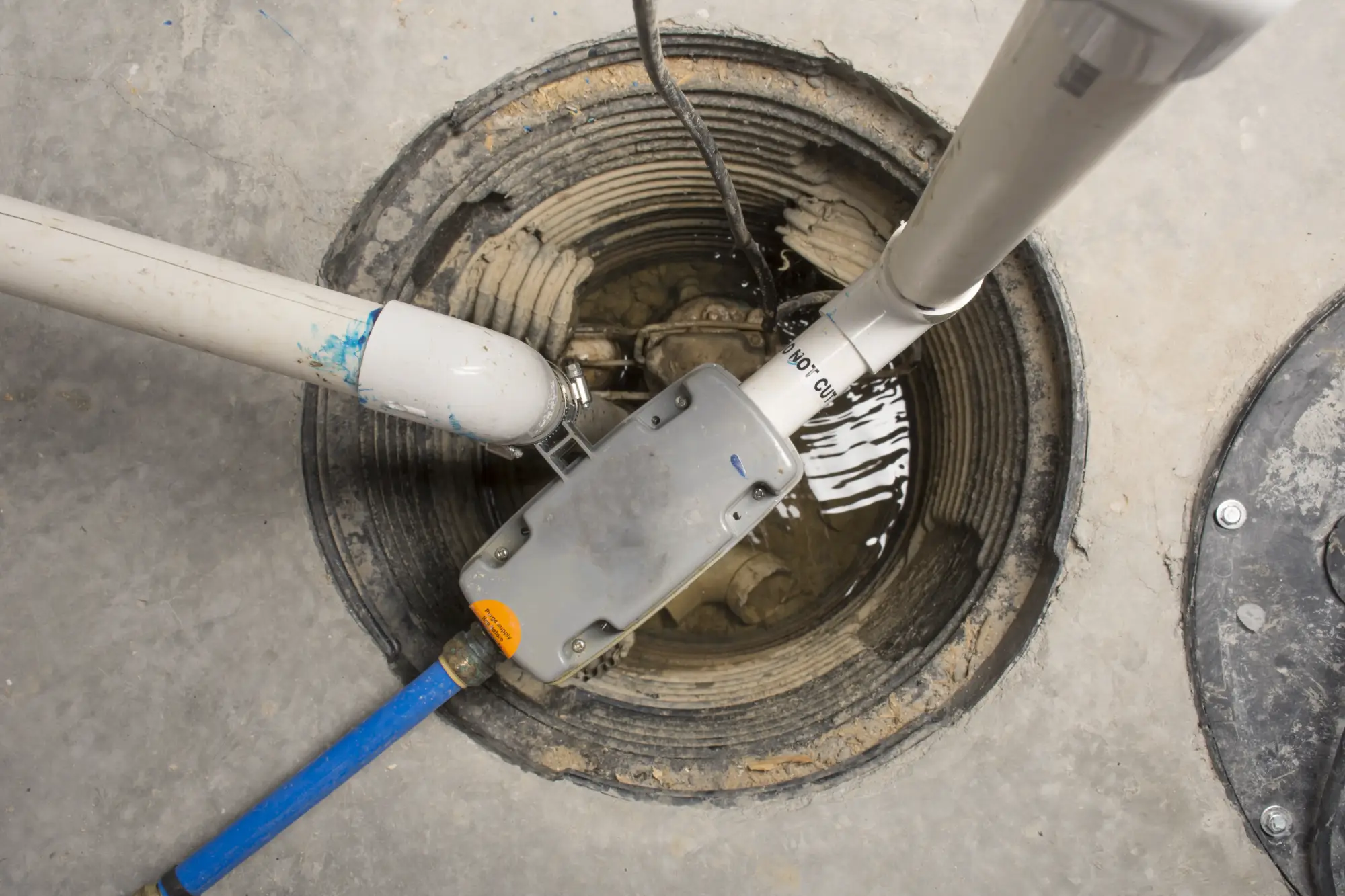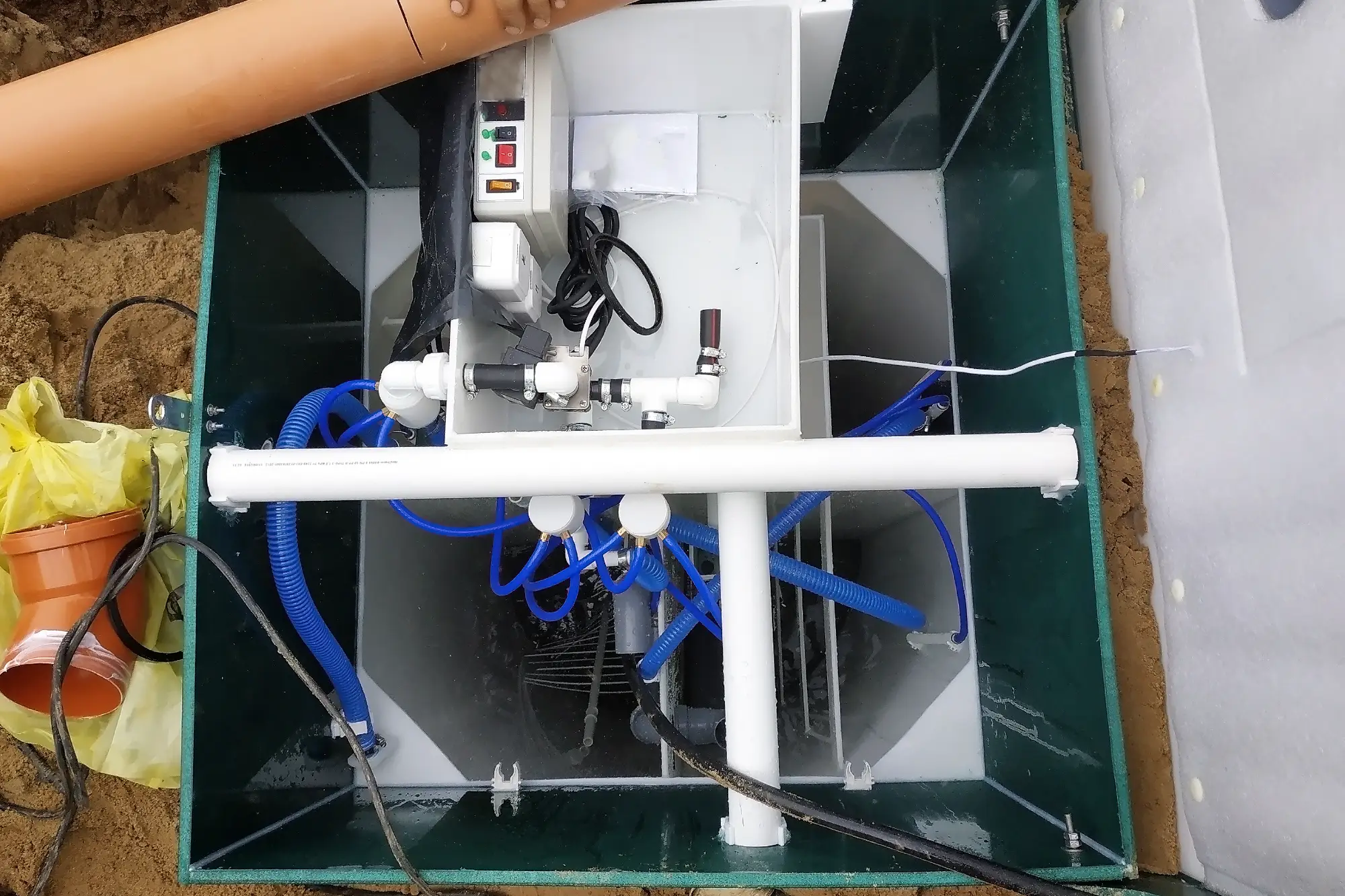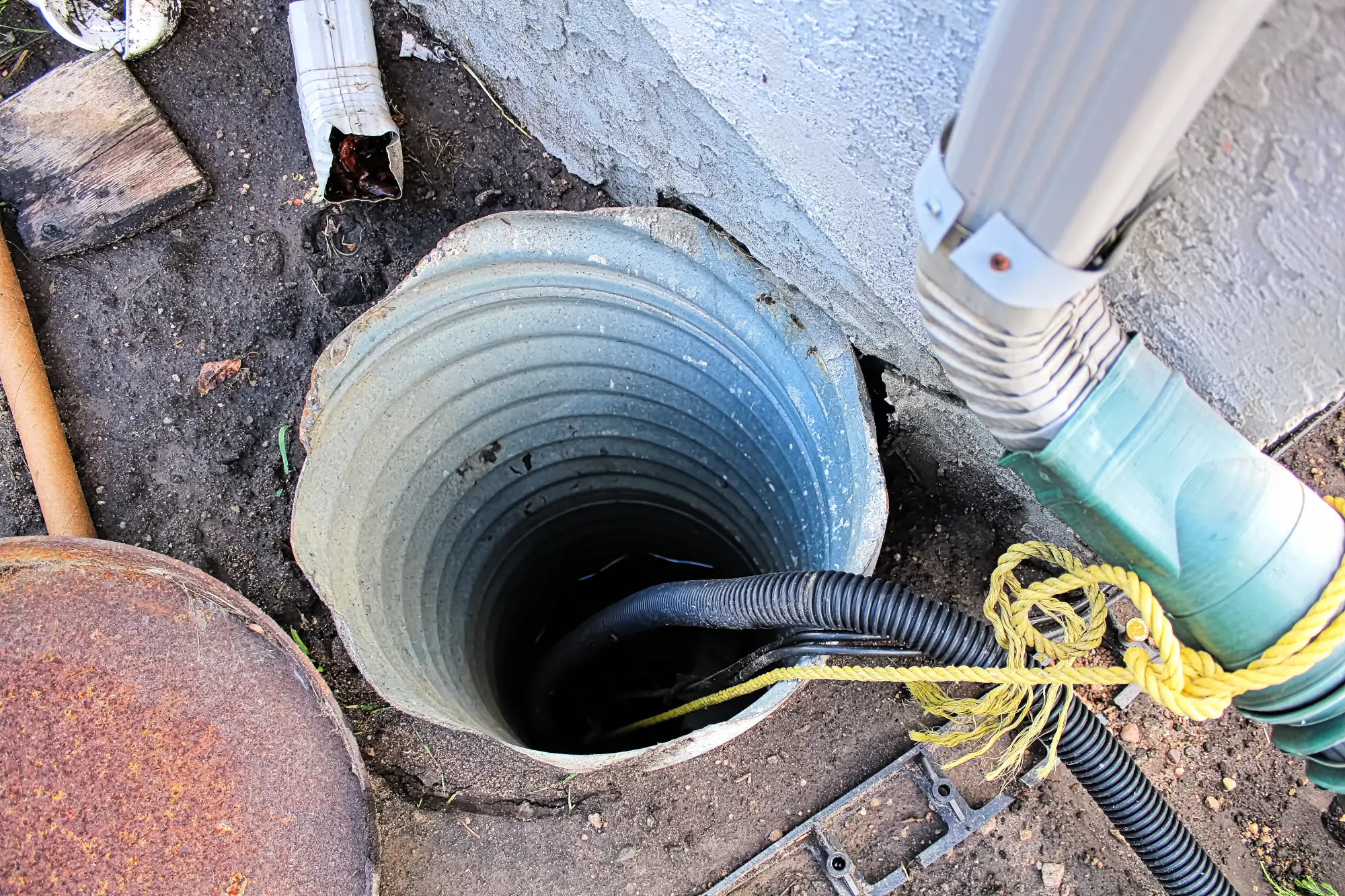Sump Pump Installation in Jericho, NY
Stop Worrying About Basement Flooding
Professional sump pump installation that actually works when you need it most during Long Island storms.

Hear About Us

Basement Protection Jericho NY
You’ll sleep better knowing your basement won’t flood during the next heavy rain or nor’easter. No more rushing downstairs during storms to check for water. No more moving belongings to higher ground every time the weather forecast looks threatening.
A properly installed basement sump pump system handles water automatically, 24/7. Your finished basement, stored belongings, and home’s foundation stay protected. You get back the peace of mind that comes with knowing your basement drainage actually works.
The musty smell disappears. Your basement becomes usable space again instead of a constant source of stress. And you avoid the thousands of dollars in damage that basement flooding causes to flooring, walls, and everything you store down there.
Jericho Sump Pump Installers
Diamond Masonry & Waterproofing LLC has been solving basement water problems for Jericho homeowners who need reliable solutions, not temporary fixes. We understand how Long Island’s clay soil and high water table create unique drainage challenges that generic approaches can’t handle.
We’re the local team that shows up when we say we will and installs systems that work for decades, not just until the next big storm. Our sump pump installations are designed specifically for the conditions your basement faces here in Nassau County.
You’re not getting a one-size-fits-all solution. You’re getting a custom basement sump pump system that handles your property’s specific water issues.

Sump Pump Installation Process
First, we assess your basement’s current drainage situation and identify where water enters and collects. We locate the lowest point where a sump pit should go and check your existing discharge routes.
Next, we excavate the sump pit to the proper depth and install a liner that won’t shift or crack over time. We connect your new high-quality sump pump with a discharge line that moves water well away from your foundation. The system includes a check valve to prevent backflow and proper electrical connections with GFCI protection.
We test everything thoroughly before we leave. You’ll see exactly how the system activates when water enters the pit and how quickly it removes water from your basement. We also show you the maintenance basics so your pump keeps working reliably for years.

Ready to get started?
Explore More Services
About Diamond Masonry & Waterproofing
Get a Free Consultation
Custom Sump Pump Solutions
Your basement sump pump installation includes everything needed for reliable, long-term water removal. We install the sump pit, high-capacity pump, discharge piping, and electrical connections that meet local codes.
You get a system sized correctly for your basement’s square footage and typical water volume. We account for Jericho’s soil conditions and typical storm patterns when selecting pump capacity and backup options. The discharge line routes water far enough from your foundation to prevent it from cycling back.
We also address common failure points that cause most sump pump problems. That means proper pit sizing, quality check valves, and discharge lines that won’t freeze or clog. Your installation works when you need it because we handle the details that matter during actual flooding conditions.

How long does sump pump installation take in a typical basement?
What size sump pump do I need for my Jericho basement?
Do I need a battery backup sump pump system?
How often does a sump pump need maintenance or replacement?
Where does the water go when the sump pump runs?
Can you install a sump pump in a finished basement?
Local Resources
- Google Map Link
- Find the Jericho, NY USPS
- Locate Nearby Jericho, NY Pharmacies
- View the Current Weather in Jericho, NY
- Jericho, NY is located in Nassau county in New York State